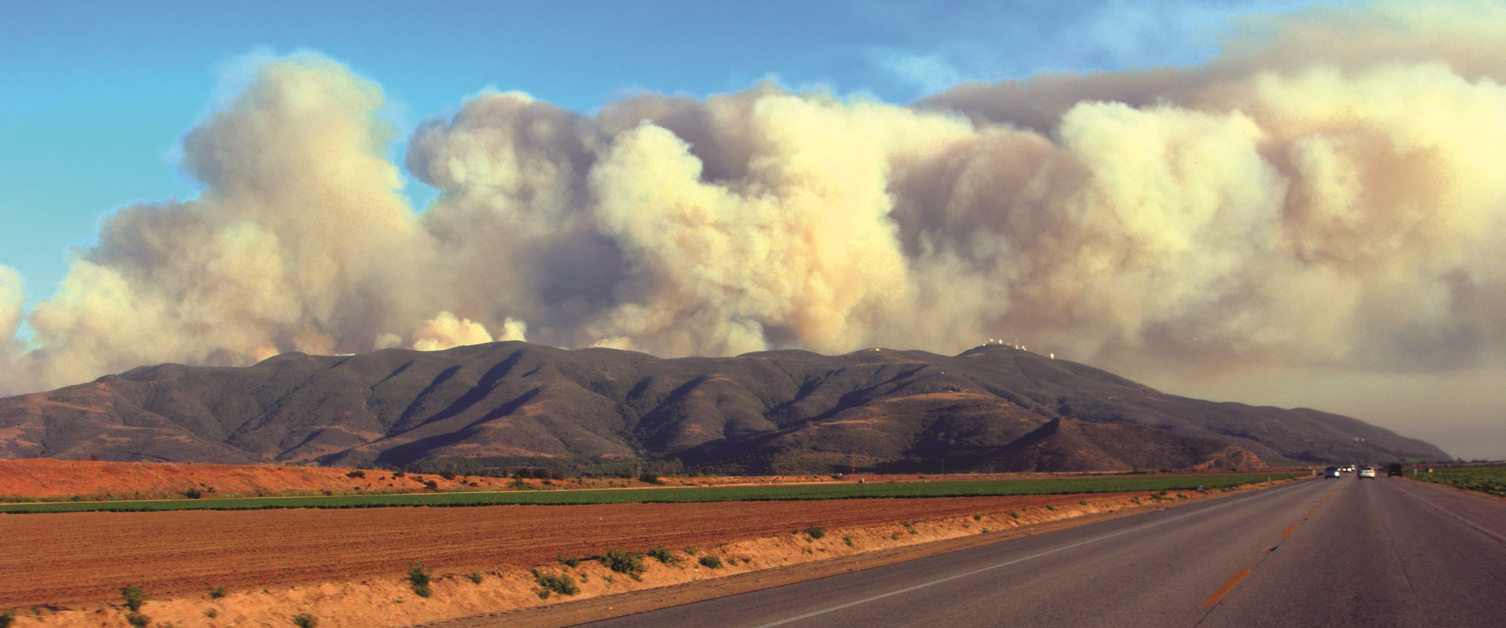Up, Up, and Away
- By AMS Staff
- May 5, 2023
230 meters (750 feet)— The average yearly increase in the maximum height of smoke plumes from wildfires in the Sierra Nevada ecoregion of California for the years 2003–2020, according to a research team from the University of Utah. The scientists believe climate change is driving the trend, which has significant implications for human health. They modeled about 4.6 million plumes that occurred in the western United States and western Canada during August and September of the studied years. Along with the extreme plume increase in the Sierra Nevada region, they also found average annual height increases of more than 100 meters per year in four other areas: the Southern Rockies, Eastern Cascades, Arizona–New Mexico Mountains, and the Wasatch–Uinta ecoregions. The researchers note that plume heights are connected to atmospheric conditions, the size of the fire, and the heat released by the fire. “Given climate-driven trends towards increasing atmospheric aridity, declining snowpack, hotter temperatures, etc., we’re seeing larger and more intense wildfires throughout the western U.S.,” says lead author Kai Wilmot. “And so this is giving us larger burn areas and more intense fires.” The study, which was published in Scientific Reports, also found that between 2017 and 2020, six ecoregions experienced their first known pyrocumulonimbus clouds, which occur when the intense heat from wildfires generates thunderstorms. The findings suggest a significant negative impact on air quality, which in turn could create greater large-scale health risks. “When smoke is lofted to higher altitudes, it has the potential to be transported over longer distances, degrading air quality over a wider region,” explains coauthor John Lin. “So wildfire smoke can go from a more localized issue to a regional to even continental problem.”
